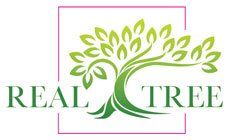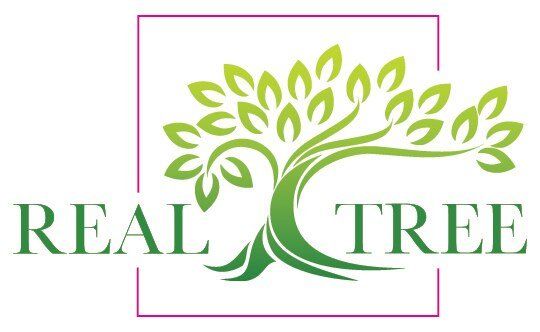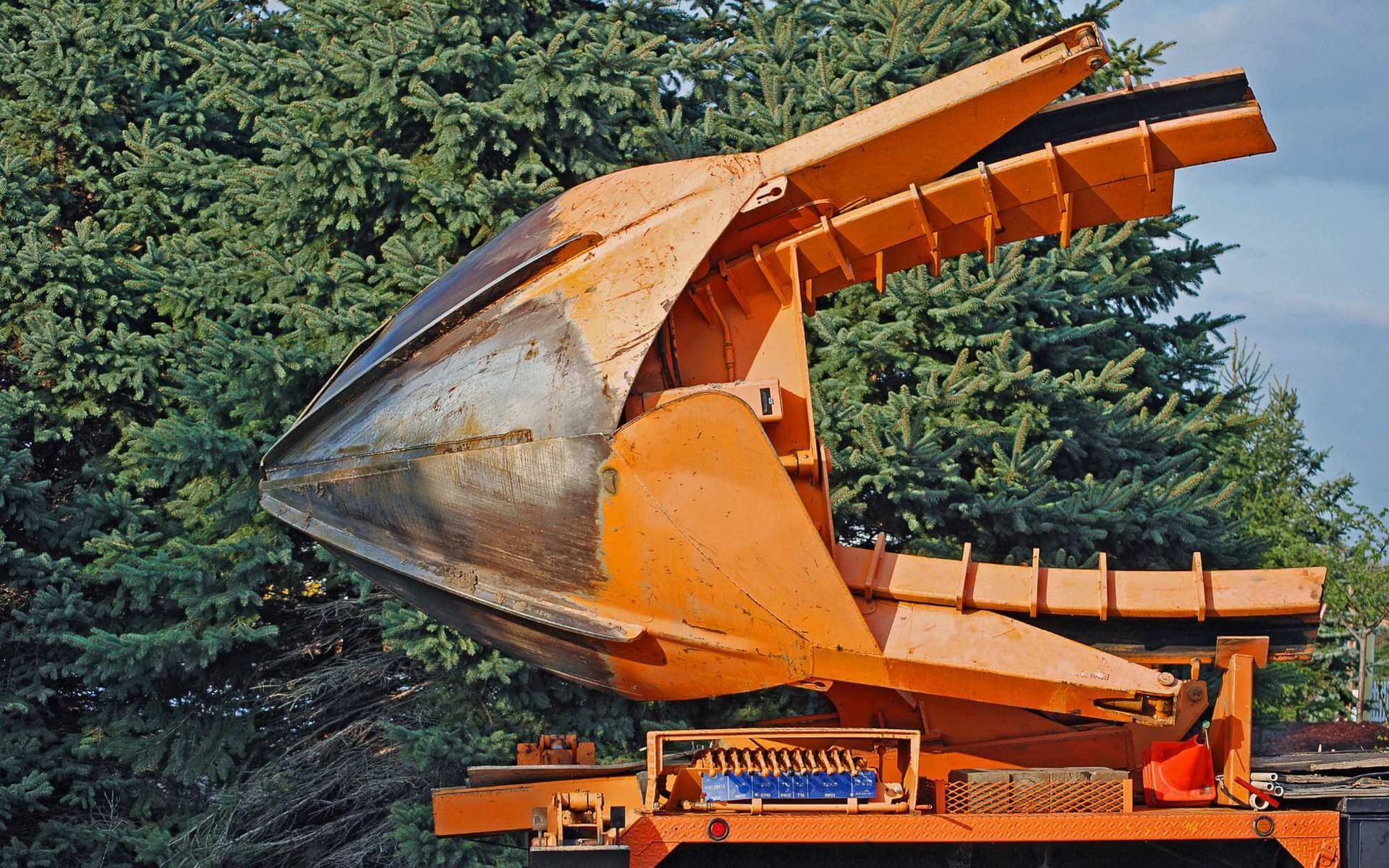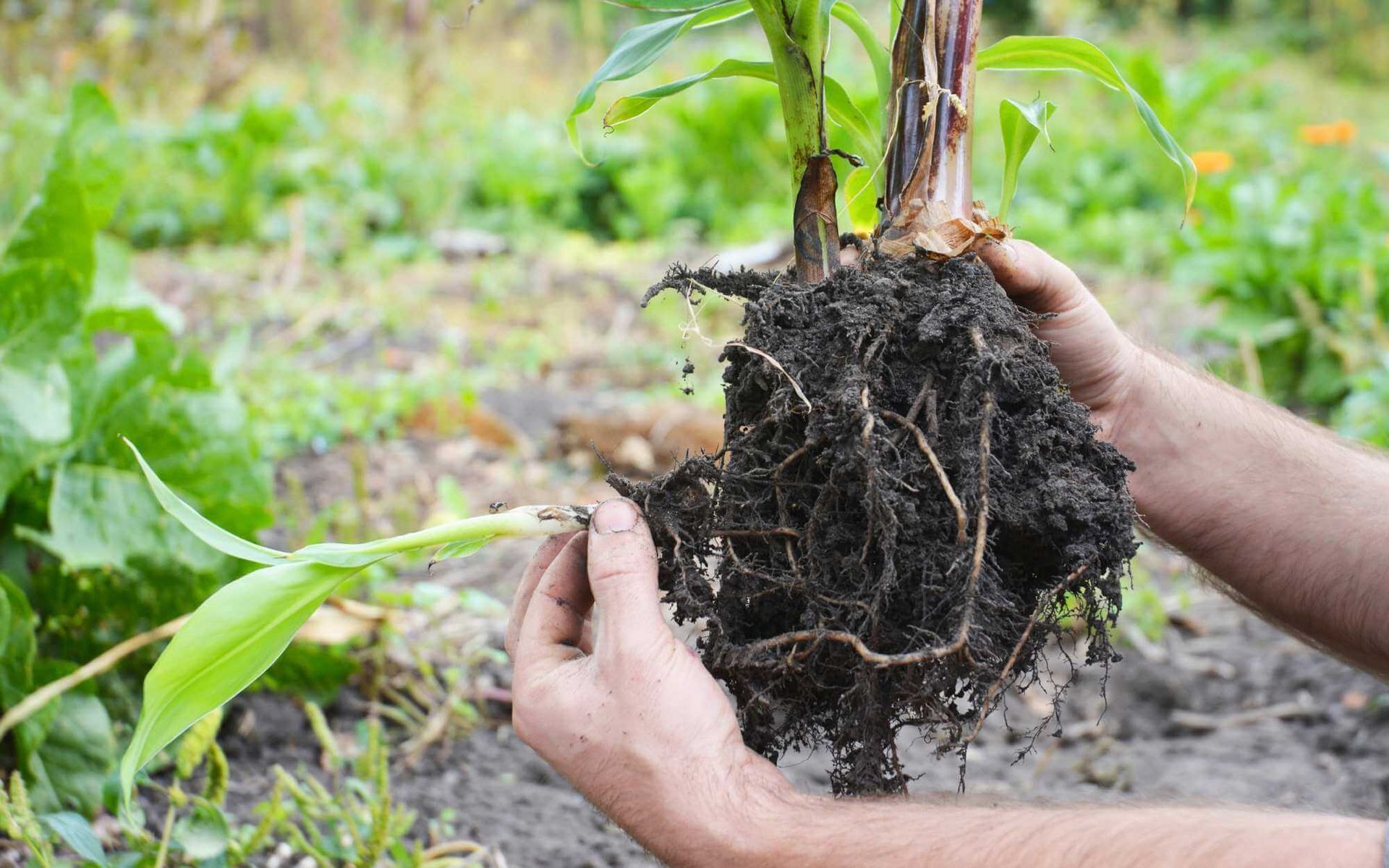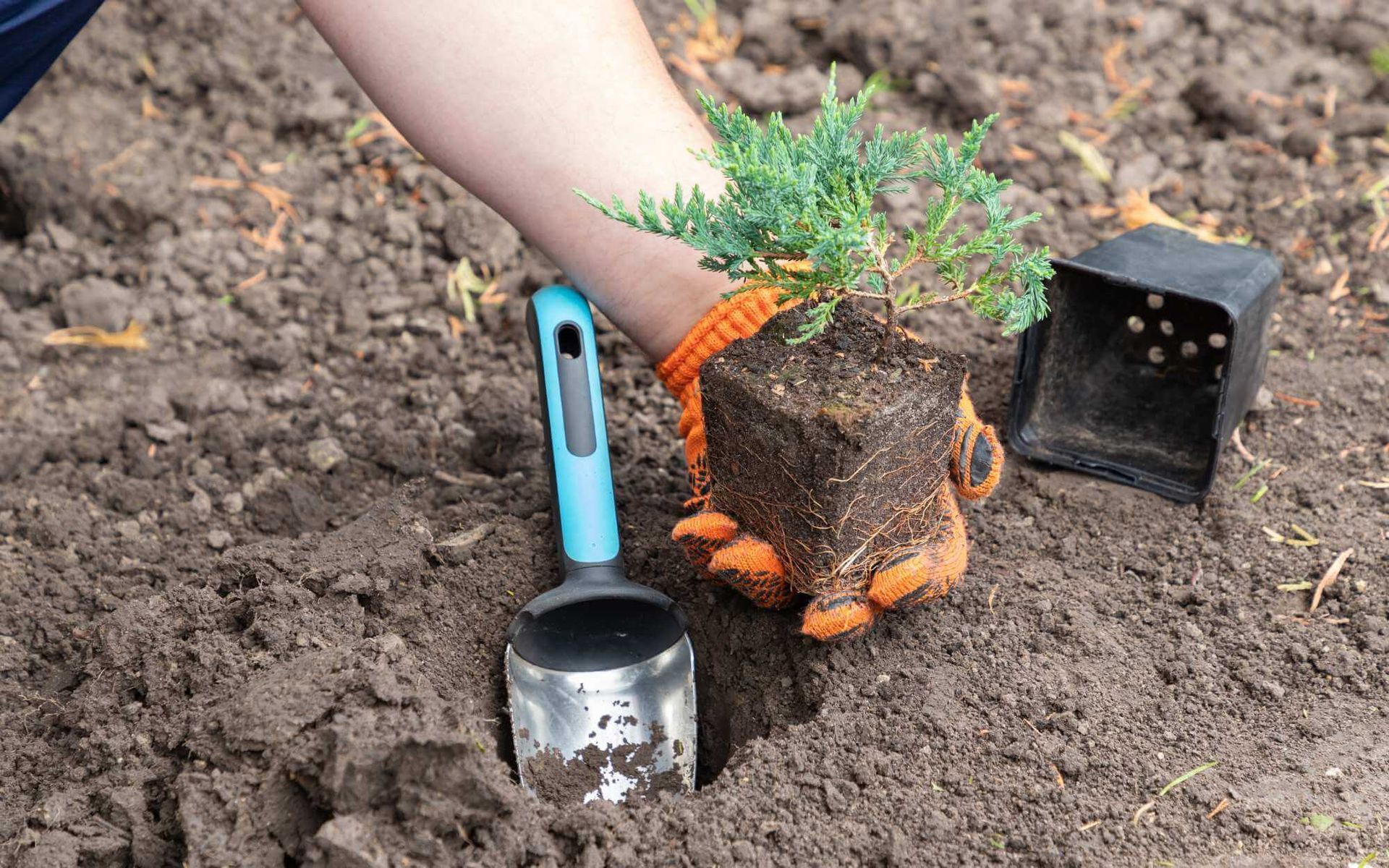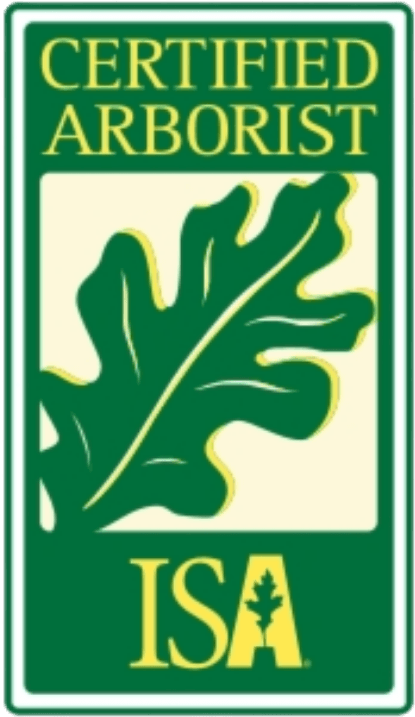Tree Removal Permits and Local Laws for Properties in Florida
PUBLISHED ON
SHARE THIS ARTICLE
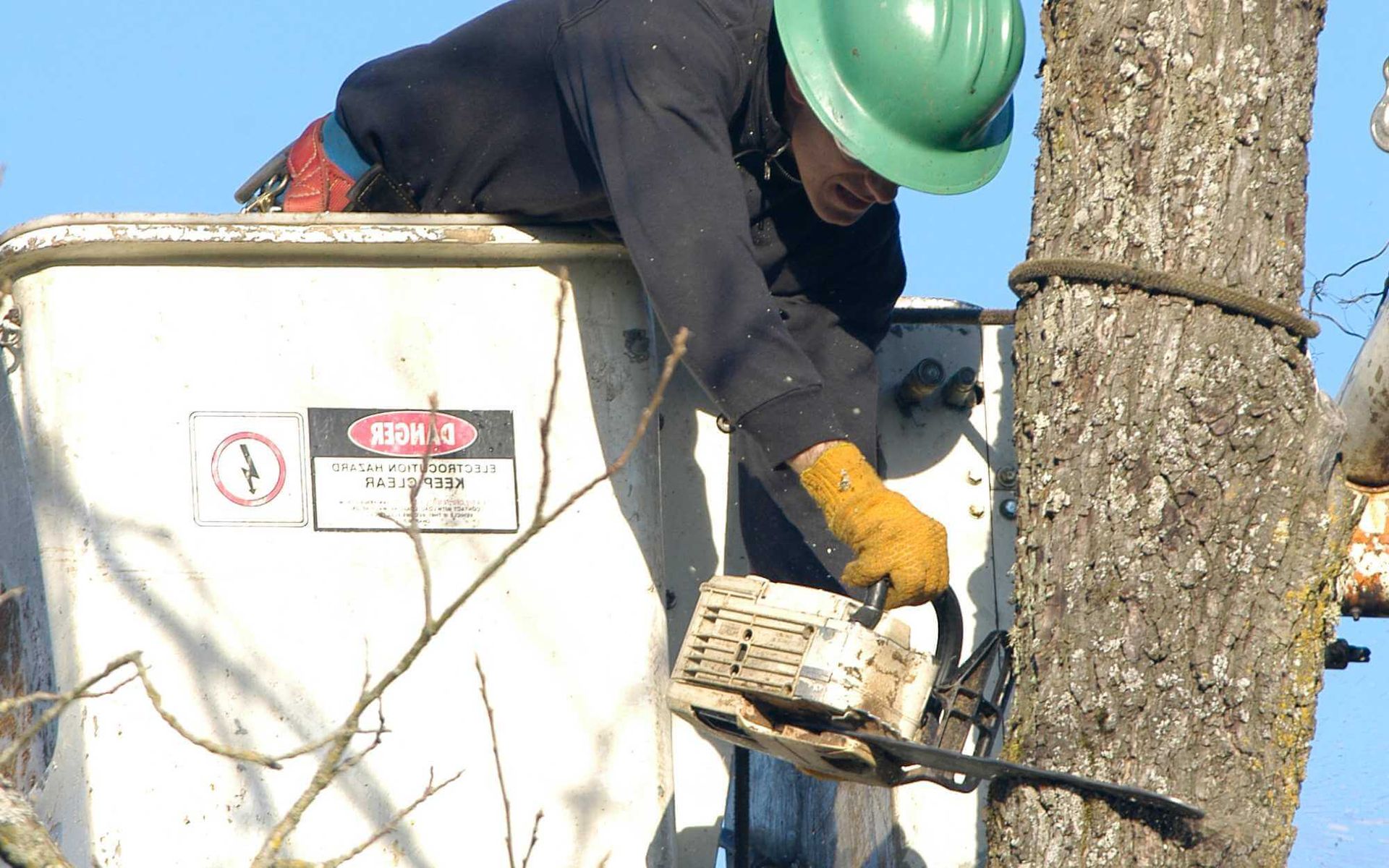
Majestic palms and sprawling live oaks are more than just landscape features in the Sunshine State. They're vital components of Florida's natural heritage. However, when property owners decide to cut down a tree for development, safety, or aesthetic reasons, it's crucial to navigate the intricate web of
tree removal permits and local laws.
Understanding these regulations isn't only a legal obligation but a necessary step to maintain the delicate balance of Florida's ecosystem and to avoid hefty fines.
Homeowners, contractors, and businesses alike must ensure that their landscaping plans are compliant with local ordinances to protect our cherished green spaces for future generations.
Understanding Tree Removal Permits
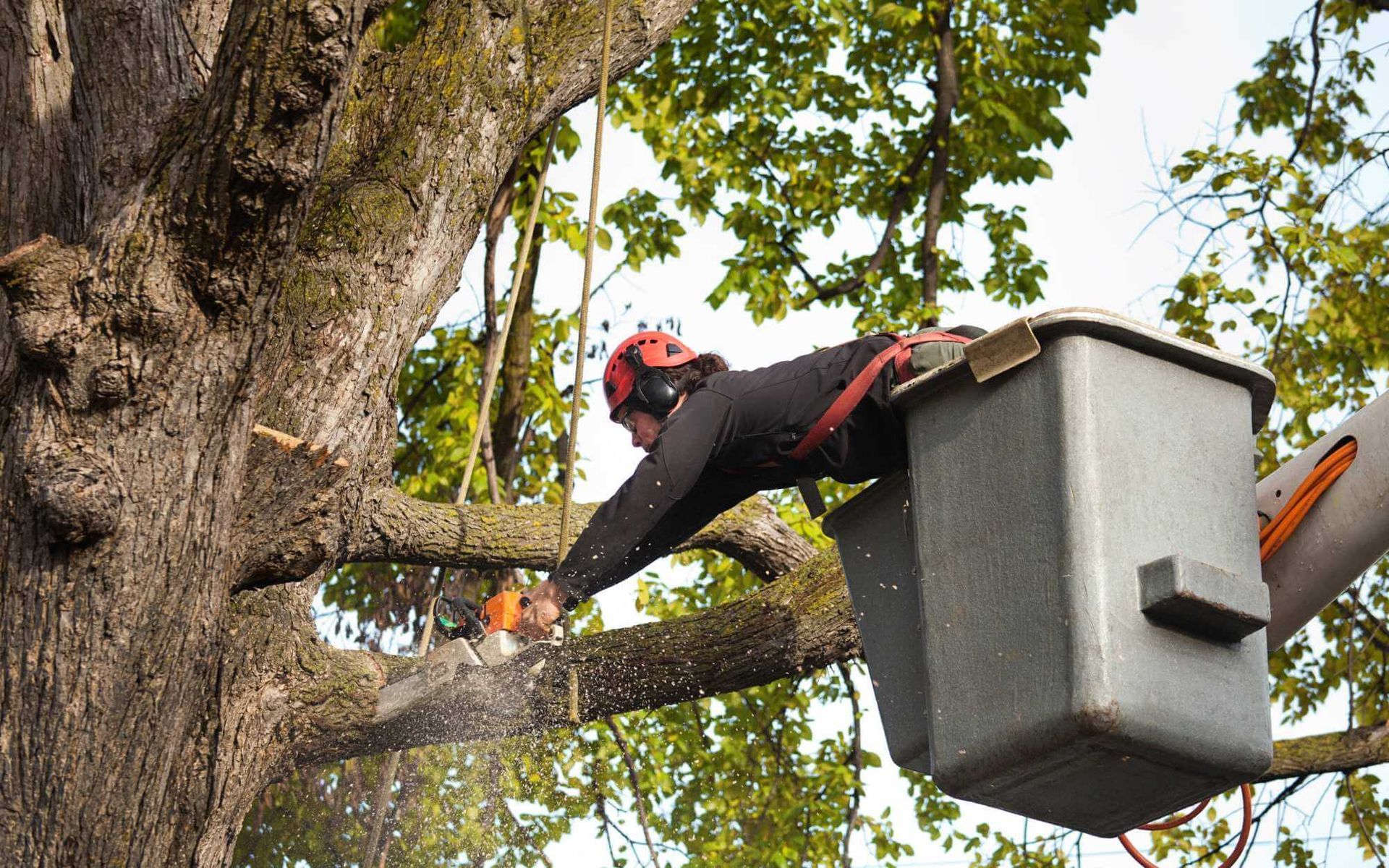
Tree removal on private properties in Florida is regulated to safeguard local ecosystems, and obtaining a permit is a mandatory step before proceeding. The permit process typically involves:
- Assessment: An inspection by a certified arborist or a city official to determine if the tree poses a risk or fits within allowable removal criteria.
- Application: Submission of an application that includes the assessment, reason for cutting down trees, and property details.
- Review: The local government reviews the application against its tree protection ordinances.
- Decision: Approval or denial of the permit, with conditions if necessary.
Types of permits may include:
- Residential Permit: For homeowners removing trees from their property.
- Commercial Permit: For businesses and developers, often with stricter regulations.
- Protected Tree Permit: For species that are native or have historical significance, requiring additional review.
Each locality may have unique requirements, and some trees might be exempt from permits if deemed invasive or hazardous.
Local Laws and Regulations
- Miami-Dade County: Requires a permit for removing trees with a trunk diameter of 5 inches or more measured at 4.5 feet above ground level. Exception for nuisance species removal.
- City of Orlando: Protects "heritage trees" defined as certain species with a diameter of 30 inches or larger; permits for these require public notice and a hearing.
- Broward County: Mandates permits for removing most trees, but select exotic, non-native species can be removed without a permit due to their invasiveness.
- City of Tampa: Has a "grand tree" category for oaks and other species with a diameter exceeding 34 inches, requiring special permits and mitigation if removed.
- Sarasota County: Emphasizes on protecting trees during development and insists on “tree relocation” instead of removal when possible.
- Palm Beach County: Offers a "Preservation and Protection of Native Vegetation" ordinance, requiring a permit for trimming more than 25% of a tree's canopy.
It's vital for residents to consult with their local urban forestry division or a professional arborist to comply with specific ordinances and preserve the natural beauty and ecological health of their communities.
Benefits of Obtaining Permits
Obtaining the necessary tree removal permits is pivotal in avoiding severe fines and legal penalties, a consequence of non-compliance with local laws.
Homeowners and developers are not only upholding the law but are actively participating in the conservation of Florida's environment. Permits ensure tree removal is conducted responsibly, allowing for assessments that protect vital green spaces and the biodiversity within them.
Thus, adherence to the permitting process safeguards the natural charm and ecological stability of the area, while also contributing to the overall well-being of both the community and its surrounding habitats.
Exceptions to Permit Requirements
While most tree removals in Florida require a permit, there are exceptions. Permits may not be needed when:
- The tree is an invasive species, as listed by Florida's Exotic Pest Plant Council.
- Removal is necessary due to immediate safety risks, like trees damaged by storms or creating fire hazards.
- The tree is dead, dying, or poses a verified disease transmission risk to other vegetation.
- Routine maintenance like trimming branches, provided it doesn't significantly alter the tree's structure.
- Trees were planted and intended for harvest in a commercial agricultural operation.
- Emergency removals may be exempted; consulting local ordinances is advised for specific conditions.
Tips for Obtaining Tree Removal Permits
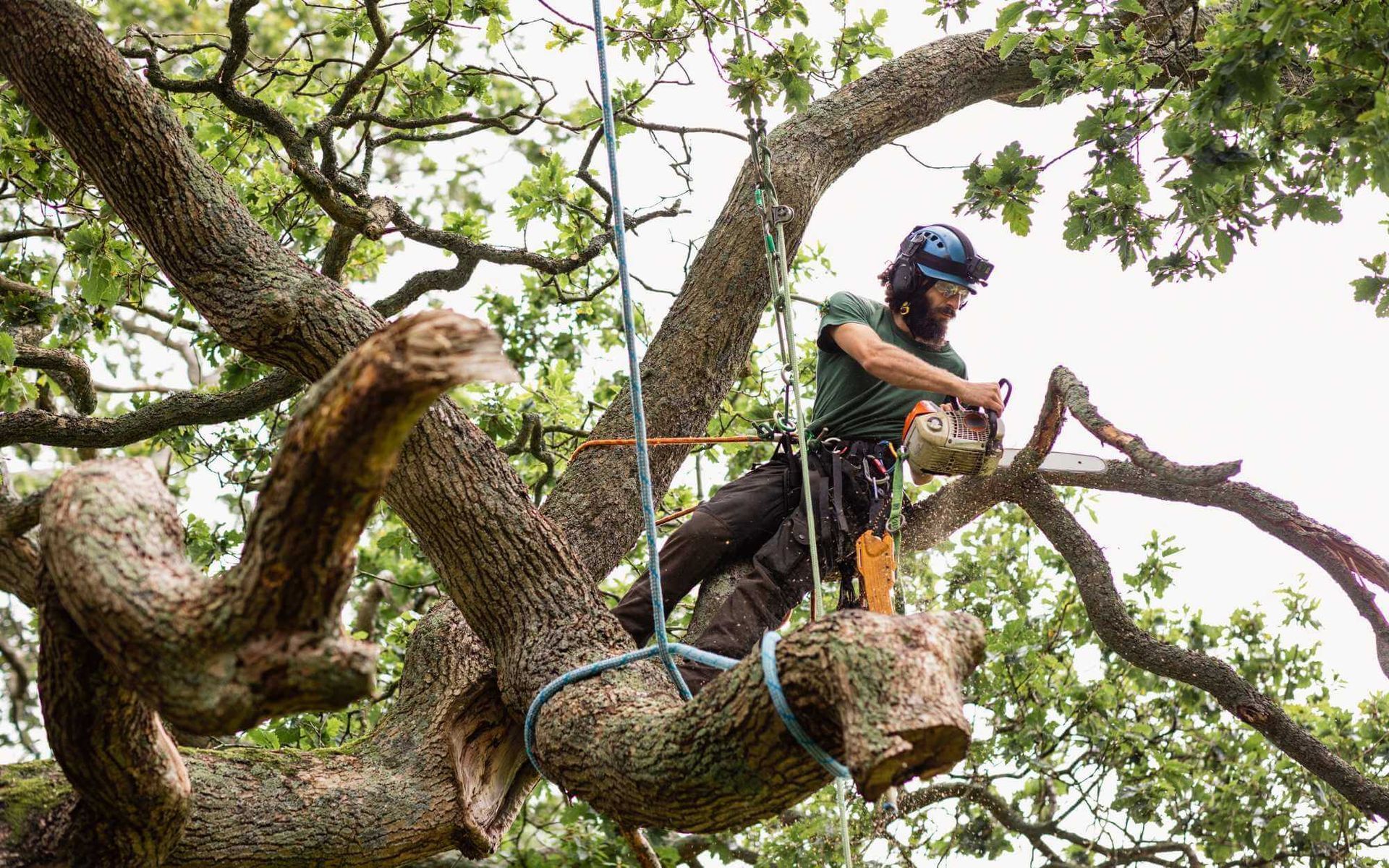
Navigating tree removal regulations requires due diligence and expert assistance. Here's how to approach the process:
Researching Local Regulations
Diligently research your area's specific tree removal ordinances to avoid legal issues. Important sources include county laws, homeowner association rules, and environmental guidelines.
Hiring Licensed and Insured Professionals
Engage with licensed arborists who carry insurance. Their expertise ensures tree removal processes adhere to regulations and protect against potential damages.
Submitting a Complete Permit Application
Ensure your permit application is thorough, including proper documentation and arborist assessments. Clear and accurate applications facilitate a smoother review process.
Know Your Permits, Know Your Rights
To remove a tree on private property in South Florida, removal permits and local laws are crucial in preserving the state's natural beauty and ecosystem. It prevents legal repercussions and promotes environmental responsibility.
To ensure adherence to these regulations and to navigate the complexities of the permitting process, it's highly recommended to seek guidance from
tree service professionals. Their expertise provides peace of mind that all actions are legally and ecologically sound.
Want a free quote or some friendly advice? Call our team today:
